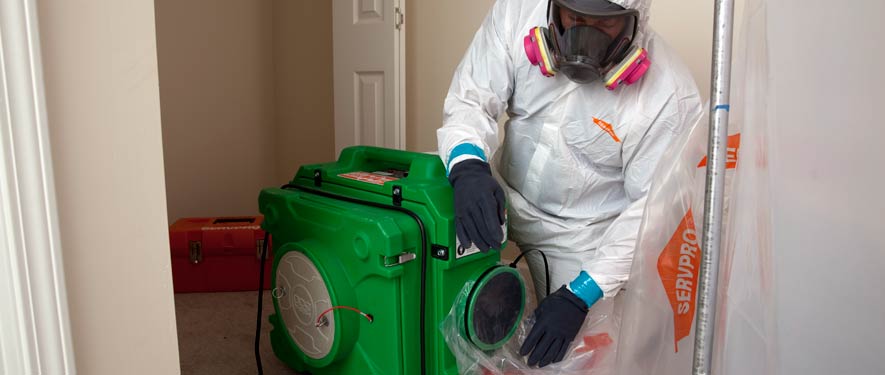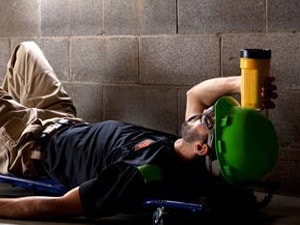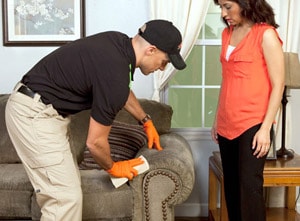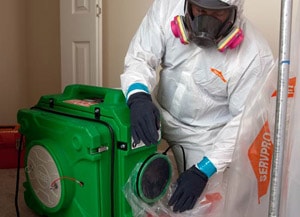
Sewage Cleanup and Restoration
How Likely is a Sewage Backup Biohazard Event?
With more than 110,000 people in Clearwater, the sewer system connecting households and businesses to production facilities to maintain this waste is extensive. Single event blocking up one of these lines and their flow could result in a potentially hazardous backup into homes, causing a biohazard event. Blockages are possible in service lines tapped into the main.
Depending on when your Pinellas County home was constructed, your sewer line is likely to be either PVC or terra cotta (Croc.) There are multiple types of blockages or threats these types of pipes might face, especially at the bell connections:
- Infiltration of tree roots
- Non-waste products flushed
- Pipes being crushed or damaged by external pressures
The First Steps After Sewage Backup
Sewage in your home can be alarming and traumatic. It is important to make the first step you take notifying restoration professionals to help with the critical decisions regarding disinfection and handling exposed materials. It is possible in some situations to remove contents when the sewage water does not actively impact them.
Fast and Complete Cleanup and Repair
Whether a modern construction or a historic property on Cleveland Street, we approach biohazard incidents with the same urgency and quickness for every affected residence. We have reliable cleaning methods to help and a general contractor license for any repairs and reconstruction that will likely be needed to return to preloss condition.
Sewage Backup or Toilet Overflow? Call Us Today – (727) 614-0099
There are three major types of contaminated water. SERVPRO of Clearwater South / Clearwater Beach will inspect that contaminated water to determine the type of water and then plan the appropriate response to safely restore your home or business.
The three types of contaminated water:
Category 1: "Clean Water"
This is water from a clean source, such as a broken clean water supply line or faucet. If left untreated, category 1 water can quickly degrade into category 2 or 3 water depending upon such factors as time, temperature, and contact with contaminants.
- Water from a clean source like a broken water line
- If left untreated, can degrade into category 2 or 3
Category 2: "Gray Water"
This water has a significant level of contamination that could cause discomfort or illness if ingested. Sources for category 2 water may include washing machine overflow; toilet overflow with some urine, but no feces; or dishwasher overflow.
- May contain bacteria and viruses
- Can quickly degrade into category 3 if left untreated
Category 3: "Black Water"
This water is grossly unsanitary and could cause severe illness or death if ingested, and any contact should be avoided. Sources for category 3 water could include flooding from rivers or streams, water from beyond the toilet trap, water from the toilet bowl with feces, or standing water that has begun to support microbial growth.
- May contain untreated sewage, harsh chemicals, and microbes
- Water from flooding rivers or sewer backup
24 Emergency Service
Sewage backup should be considered an emergency and dealt with as quickly as possible. We are the water damage restoration specialists with specific training and expertise to safely restore your home or business.




 24/7 Emergency Service
24/7 Emergency Service




